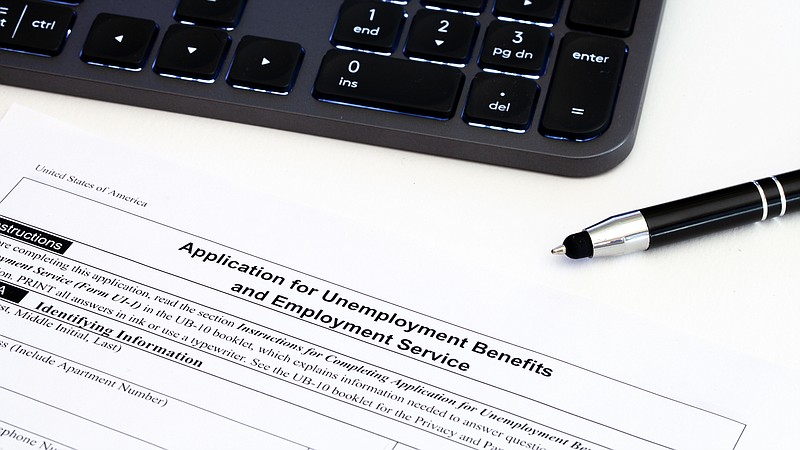Unemployment fell last month in Georgia to an all-time low and dropped in Tennessee to its lowest level in 18 months as the economy continued to rebound from the COVID-19 pandemic.
Georgia's unemployment rate dropped three-tenths of a percentage point to 3.2% in September, an all-time low for Georgia dipping below the previous record low of 3.3% in January 2020.
In Tennessee, the jobless rate dropped for the fourth consecutive month in September, declining by four-tenths of a percentage point to 4.4% - the lowest level since March 2020.
Unemployment in both states remained below the U.S. average jobless rate last month of 4.8%.
"This is excellent progress for Georgia, and it shows that the state's economy is rapidly recovering," Georgia Labor Commissioner Mark Butler said.
Unemployment claims nationwide also dropped 6,000 to 290,000 last week, the third straight drop, the Labor Department said Thursday. That's the fewest people to apply for benefits since March 14, 2020, when the pandemic intensified. Applications for jobless aid, which generally track the pace of layoffs, have fallen steadily from about 900,000 in January.
"All this signals that most employers don't need or want to shed workers," said Mark Hamrick, a senior economic analyst for Bankrate.com. "It is quite the contrary with job openings remarkably high."
Indeed, the biggest employment problem in many states is too few workers to fill the available jobs, creating headwinds of supply chain congestion and inflationary pressures, Hamrick said.
In Tennessee, the state's career centers on Thursday were advertising 564,348 job openings, or nearly 4.7 jobs for every one of the 116,276 Tennesseans listed as unemployed in the state last month.
Jobless drop in September
* 3.2% in Georgia, down from 3.5% in August* 4.4% in Tennessee, down from 4.6% in August* 4.8% in the U.S., down from 5.2% in AugustSources: Tennessee Department of Labor and Workforce Development, Georgia Department of Labor, U.S. Bureau of Labor Statistics
Despite the falling jobless rate and tight labor market, payrolls have not returned to their pre-pandemic levels. Last month, for instance, total nonfarm employment decreased in Tennessee by 5,200 jobs. The number of Tennesseans on the job last month remained about 1.8% below the peak levels reached in the Volunteer State nearly two years ago.
The number of Georgians employed rose above 5 million for the first time last month since the beginning of the pandemic, but Georgia's payrolls still remain 1.9% below their pre-pandemic peak.
Hiring has slowed in the past two months, even as companies and other employers have posted a near-record number of open jobs. Officials such as Federal Reserve Chair Jerome Powell had hoped more people would find work in September as schools reopened, easing child care constraints, and enhanced unemployment aid ended nationwide.
Yet so far, that hasn't happened. Instead, some observers are starting to consider whether some of those who had jobs before the pandemic, and lost them, may have permanently stopped looking for work.
On Tuesday, Christopher Waller, a member of the Federal Reserve's Board of Governors, said that 2 million of the 22 million jobs lost to the pandemic may not return anytime soon because retirements have accelerated so quickly since COVID-19 hit.
The Labor Department's report Thursday also showed that the number of people receiving jobless aid continues to fall steadily. In the week of Oct. 2, the latest data available, 3.3 million people received unemployment benefits, down from 3.6 million in the previous week.
- Compiled by Dave Flessner
